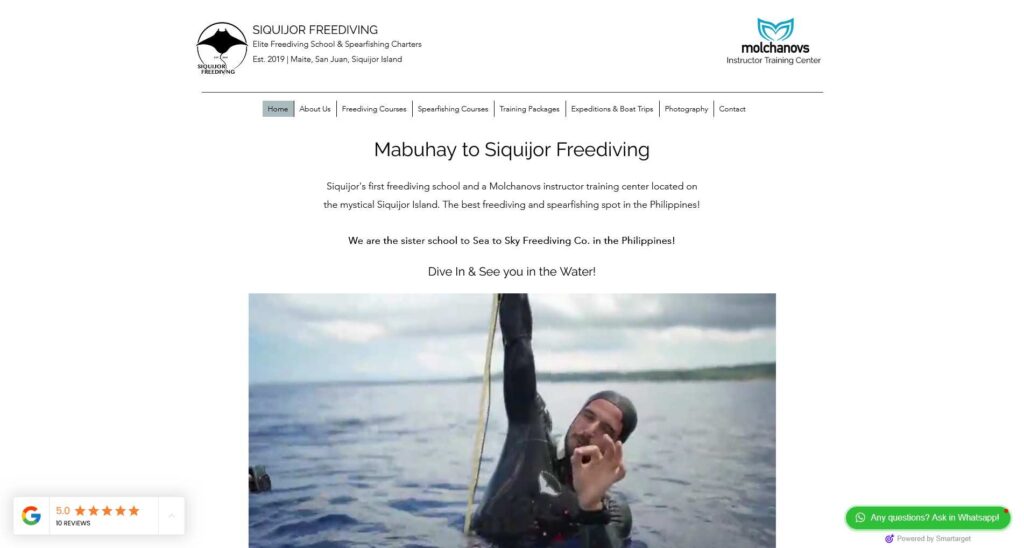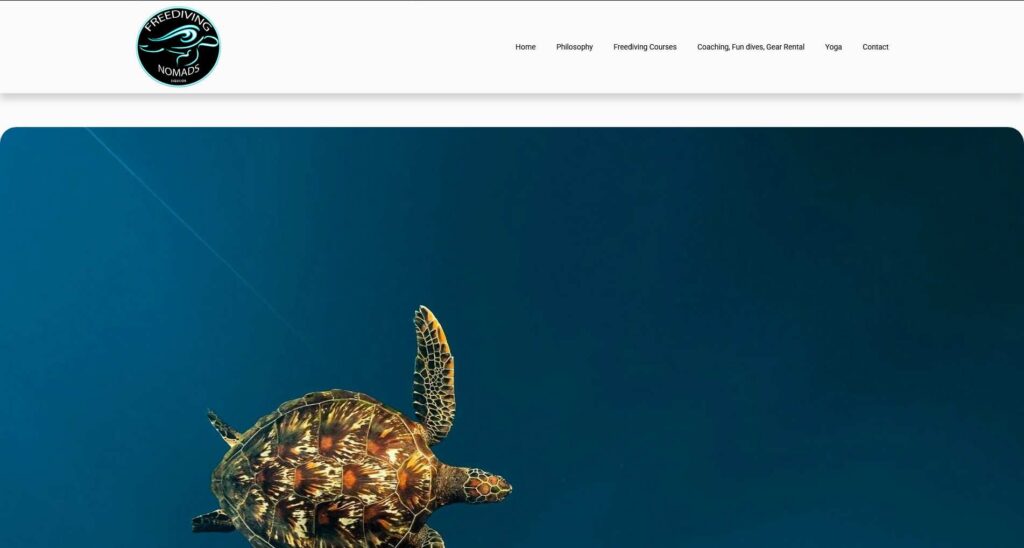Best Time to Visit Siquijor
Dry Season (Best Time): November to May are generally the driest months, offering blue skies, warm weather, and calm seas perfect for outdoor activities like snorkeling and beach hopping.
High Season Peak: March to May is the high season, with the best weather. However, the island can get especially crowded and accommodations may be pricier around Holy Week (Easter), so consider avoiding this period if you prefer a quieter trip.
Shoulder Season: November and possibly late October can be great, offering good weather at the start of the dry season with fewer crowds and more reasonable prices than the peak months.
Rainy Season: June to October is the rainy season, where you can expect heavier rainfall and occasional storms. While it’s low season (meaning cheaper and fewer tourists), ferry cancellations and muddy roads can be a risk, and the waterfalls might be murky after heavy rain.
Accommodations: Budget vs. Luxury
Siquijor caters well to budget and mid-range travelers, though luxury options do exist.
Budget & Mid-Range: This is the dominant type of accommodation. You’ll find many affordable guesthouses, hostels, simple bungalows, and inns, especially in and around the main tourist hub of San Juan (the best area for most travelers) and town centers like Siquijor and Lazi. Rooms can go for under PHP 1,000 to moderate prices for nicer, air-conditioned rooms.
Luxury & Upscale: There are a few highly-rated, more upscale resorts, such as Coco Grove Beach Resort, which offer better amenities like pools, beachfront access, and higher comfort levels. Some newer boutique resorts also provide a more “design-forward” experience.
Restaurants and Food Scene
The food scene is a blend of local Filipino cuisine and international options, primarily centered in San Juan:
Local Filipino: Look for lechon (roasted pig), grilled seafood, and traditional Filipino dishes at local eateries (carinderias) for budget-friendly and authentic meals. Dalahikan in San Juan is known for its budget-friendly Filipino grilled food by the sea.
International: You’ll find excellent international cuisine, including:
Italian: Dolce Amore Italian Restaurant & Resort and Marco Polo are highly recommended for pizza and pasta.
Fusion/Eclectic: Places like Baha Ba’r offer great atmosphere, craft beers, cocktails, and a fusion menu of Filipino and international dishes, often with live music.
Healthy/Vegan: Spots like Shaka are popular for healthy, vegan-friendly options like smoothie bowls.
Scenic: Larena Triad and Bucafe are known for scenic views alongside snacks, coffee, or light meals.
How to Get Around
The most popular and convenient ways to explore Siquijor are:
Motorbike Rental (Scooter): This is the most flexible and recommended way to get around. You can rent a scooter for around PHP 250–500 per day. The island has a main ring road that is generally in good condition, and traffic is minimal, making it easy to drive yourself.
Tricycle/Multi-cab Tour: If you are not comfortable driving, you can hire a tricycle or multi-cab driver for a full-day tour (often costing PHP 1,000–1,200 for a tricycle) or for point-to-point transport. Drivers often act as informal guides.
Jeepneys / Easyrides: These are cheaper options that operate on fixed routes between towns but require waiting time and can be slow.
Van: Vans for hire offer speed and convenience for groups but are the most expensive option.
Who is Siquijor Recommended For?
Siquijor is an excellent destination for travelers seeking:
Nature Lovers & Adventurers: The island is perfect for exploring waterfalls (Cambugahay Falls), marine sanctuaries (Tubod Marine Sanctuary for snorkeling/diving), beaches (Paliton Beach for sunsets, Salagdoong Beach for cliff jumping), and caves (Cantabon Cave).
Budget Backpackers: It’s an affordable island with many budget accommodations and food options.
Travelers Seeking a Chill, Laid-Back Vibe: Compared to more commercial islands like Cebu or Bohol, Siquijor feels less developed, less crowded, and offers a more raw and local experience.
Those Interested in Filipino Culture/Mysticism: Siquijor is famous for its history of folk healing and witchcraft, which adds a unique cultural layer to the visit, particularly during the annual Lenten Festival of Herbal Preparation.
Motorbike Enthusiasts: The calm, relatively traffic-free roads are ideal for leisurely exploring the entire island on a scooter.


